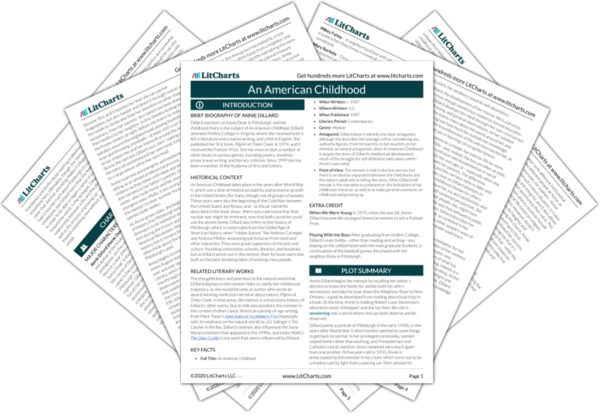They danced a lot in
Annie’s house, and
Father always reminded the children of a line in Jack Kerouac’s
On the Road, when the narrator was dancing in a Mexican bar and said this was the only time he ever got to hear the music loud enough. Annie was speeding up, getting ready to leave. She drove up and down the highways and over the Pittsburgh bridges. She wrote poems and played piano fast, listened to jazz and wondered if, in New Orleans, the music would be loud enough.
